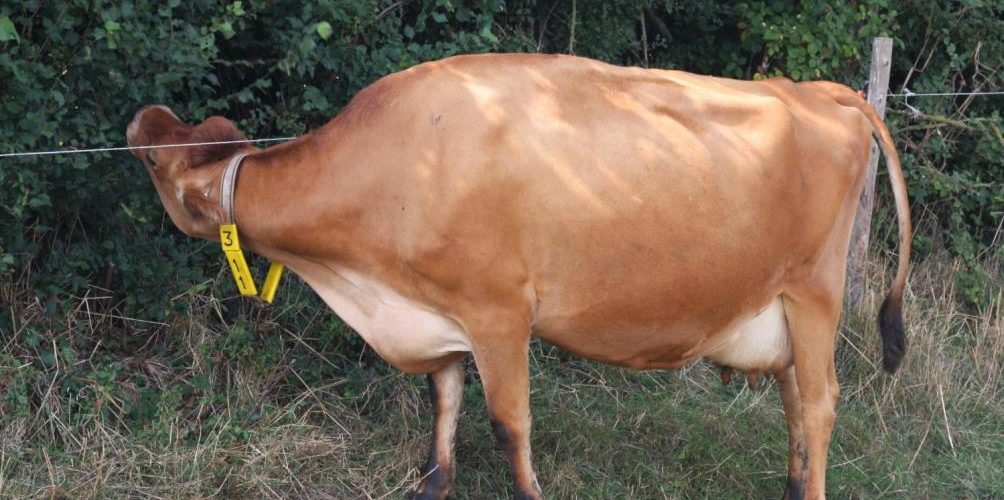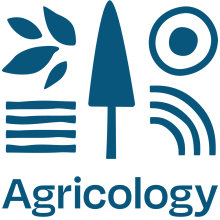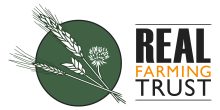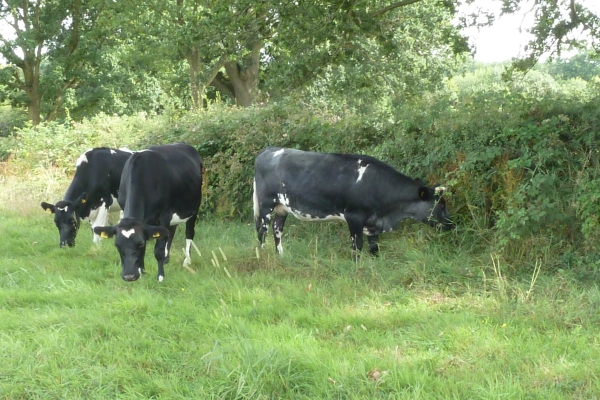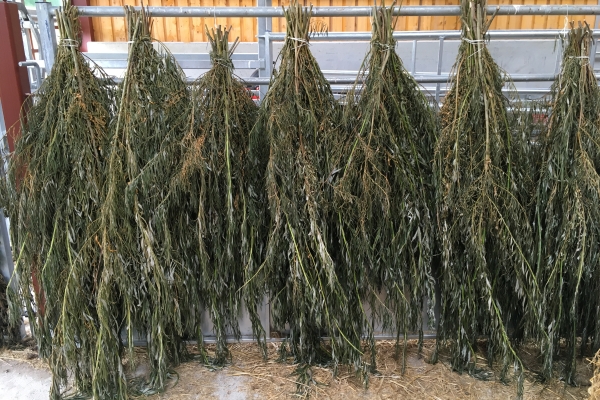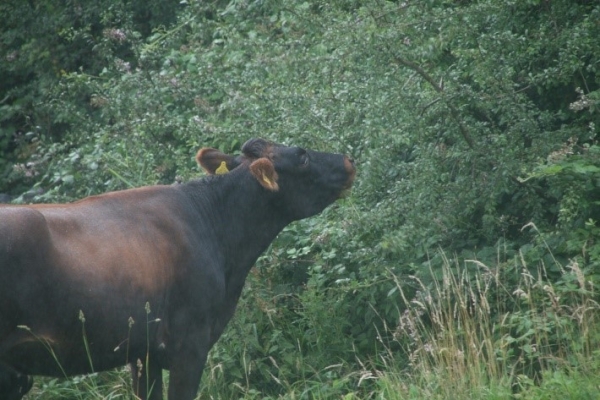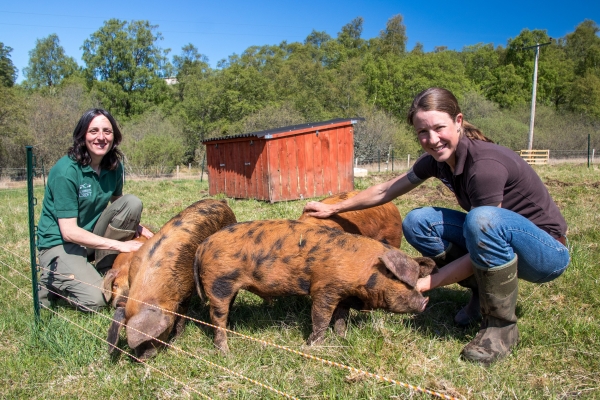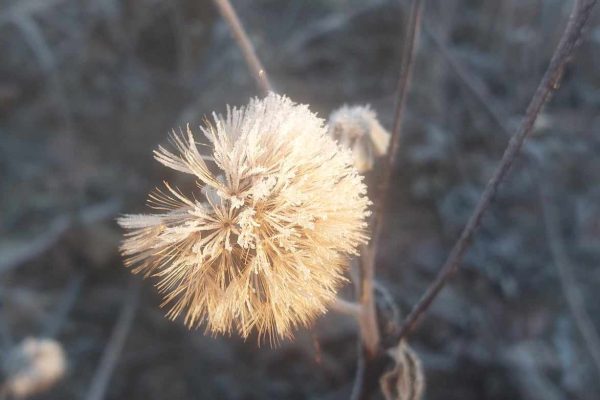Tree Fodder – What, Why and How
ORFC 2025
Resource explained
This is the audio recording of a session run by Agricology at the Oxford Real Farming Conference featuring Matt Smee with Organic Research Centre’s Dr Lindsay Whistance. It focused on the benefits, challenges and considerations related to the process of adopting tree fodder on farms. The practice of making tree hay predates the making of hay from herb and flower rich meadows and has been used for over three millennia. In Europe and modern farming landscapes the practice has fallen out of favour, however the fodder can provide a vital source of feed and nutrients, add resilience to farm systems and provide a supplementary feed source.
Findings & recommendations
- Good access to browse from diverse tree species gives livestock an excellent opportunity to display natural behaviours.
- Tree hay fodder can be cut and fed fresh or preserved e.g. as hay dropped, dried or chipped.
- Browse and tree fodder can act as a supplementary feed for all animals or for specific animals at key times. For example, cobalt requirements for lambs being weaned remains high at a time when it drops in the milk pasture levels. and goat willow can be chipped and added to feed to provide the required cobalt levels.
- Making silage from green willow, grown in coppiced rows, can allow for a higher scale of production compared to tree hay – the process can be mechanised and create nutrient dense feed.
- Trials of pelleted tree fodder are in early stages but could result in a durable feedstuff where significant production levels could be reached.
- Look out for a technical guide on tree fodder that will be published on Agricology soon!
Summary provided by:
Phil SumptionEdited by:
Janie CaldbeckRelated articles
Trees and hedgerows are good sources of protein, vitamins and minerals for livestock.
Soil Association Scotland webinar discussing how tree hay can be a valuable way to supplement winter forage and support livestock nutrition and welfare.
A farm case study describing commercial and potential nutritional and medicinal benefits from incorporating trees into a dairy farm.
"Nature is our guide. We observe natural processes and we copy them, as best as we can. This is our philosophy for growing food, running...
Agricology highlight the ORFC 2025 sessions they will be involved in, along with some top picks from the in-person and on-line programme.
